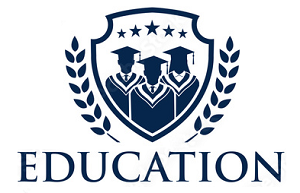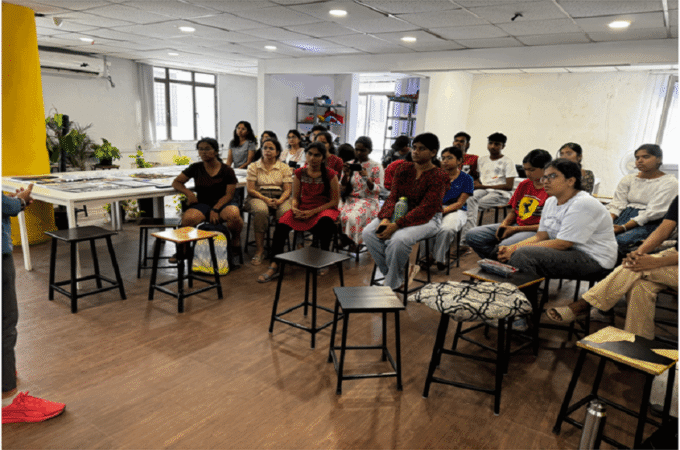
Tutoring and the tutor effect in elementary school
1. The for several decades, practitioners have been confronted with the need to fight against the multiple forms of failure at school. This increasingly pressing demand leads teachers to seek different ways to vary their educational offer according to the identified difficulties of the students for whom they are responsible. The first difficulty is to manage to reconcile the management of a class group and the need to provide more personalized remedies for certain students. From this perspective, tutoring presents an educational alternative to configurations such as group-class and widely used group work arrangements.
2. Tutoring is a form of pedagogical practice whose development in elementary school is still uncertain. Of course, we can observe classroom arrangements incorporating tutorial practices, but teachers remain reserved on the real benefit that students can derive from them. However, they observe that the tutoring sessions they put in place are generally positive. Faced with an increasingly assertive demand for efficiency in their teaching, practitioners are concerned about the validity of the methods they use in their class.
3. Tutoring has been the subject of investigations in several directions which have been able to show its scope and limits. Baudrit notably recalls the importance of cognitive congruencein peer tutoring. Numerous studies provide arguments in favor of the use of tutoring between children at school (Baudrit, 2003, p. 132), but it is not enough to place pupils in a situation of tutoring for cognitive congruence to develop. truly establishes between peers. While it is relatively easy to identify the tutor’s degree of expertise with regard to the task to be performed, it is much less easy to assess his ability to provide assistance adapted to his tutored person. That the tutor knows how to carry out the task with a sufficiently high level of success does not guarantee that he has the necessary capacities to lead his tutored not only to achieve what is requested but also to allow him to reach such a degree of understanding. that he can, in turn, do the same type of work on his own.
4. Tutoring as a scientific object places the analysis of social interactions at the heart of the tutoring process. The study of the exchanges between the partners makes it possible to go and see what happens within the tutorial relationship (Baudrit, 2000, p. 145). The part of language is predominant: as he cannot perform the task, the tutor uses the various language resources to support the action of his tutored. Non-verbal demonstrations also punctuate the work in a tutoring situation and their influence, which varies according to their intensity, is not negligible. The tutor effectrepresents the benefit in terms of learning that the tutor can derive, among other things, from the exercise of his role of tutor to a peer who is a little less expert than himself. It is based on the idea that by helping one of his peers, a child who, at the beginning, has a certain expertise, can progress himself because he will deepen his knowledge of the object studied during the exchanges made during the tutoring situation. This idea of “learning by teaching” is not completely new, it is already present in the Comenius about the XVII th century. The work initiated by Barnier (1989, p. 385-399) in the mid-1980s provided elements favorable to the existence of the effettutor.through tasks dealing with spatial relationships in young children aged 6 to 8 years. The existence of a tutored effect concerning the assisted pupil seems expected insofar as the tutoring is organized precisely with the aim of allowing him to make progress where he had partially failed by carrying out the proposed work alone. The tutor effect would be seen more as an additional interest of tutoring.
5. Although the educational systems are relatively well known, the effects that can be expected from them on school learning are disseminated less frequently. During this presentation, we will endeavor to reveal data describing some of the aspects of tutoring in a school situation with cycle 3 students. These data come from a research carried out (Guichard, 2003) with students. of CM 2 and CM 1 belonging to eighteen classes spread over nine schools.
6. We situate the present contribution as close, in spirit at least, to the second series of works evoked by Berzin (Berzin, 2001, p. 124-126) which is interested in the acquisitions that can be made thanks to the interactions of tutoring. We will discuss here the main observations collected in the context of an experiment in a school context.





